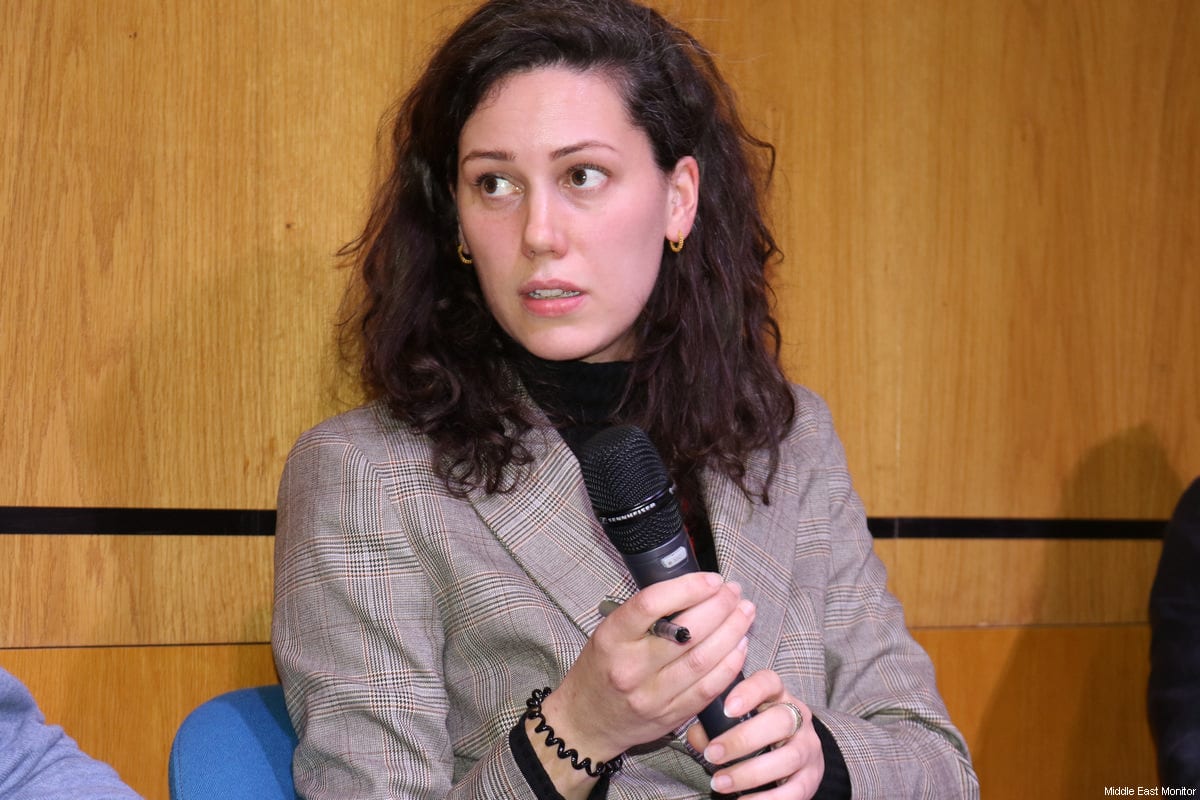In one of his drawings, Syrian political cartoonist Ali Ferzat has drawn a picture of Bashar Al Assad announcing reforms, but instead of speaking, Assad is blowing bubbles through a wand.
“I use satire to draw dictators who use oppressive methods,” Ferzat told the Guardian earlier this year. “I try to marginalise them and make them less important to people. This gives people hope that these dictators are empty.”
Yet Ali Ferzat’s expressive use of his freedom nearly cost him the use of his hands. In August 2011, he was abducted and tortured by Assad loyalists; each hand was beaten for twenty minutes. “Break his hands so that he stops drawing about Bashar,” one of his torturers said.
Sadly, Ferzat is one of many Syrian artists subject to harassment since the bloody uprising began last year. In August, film producer Orwa Nyrabia checked in for a flight from Damascus to Egypt, never boarded the plane and has not been seen since. Recently, pro-Assad forces attempted to force their way into painter Hiba Akkad’s house in the capital, Damascus, chasing her through the streets.
In one of her pictures, Akkad has painted a girl who is afraid; people around the edges of the picture appear to be dead on the ground. Splashes of colour on her work represent hope in a very dark time. It cannot be easy to keep spirits high.
As if being subject to persecution isn’t enough, Hiba Akkad now has nowhere to showcase her work. Art galleries in Syria are full of pro-government sentiments, customers are sparse and many have closed. For the artists themselves, the supply of suitable materials is drying up.
That’s why many artists are looking beyond the border for creative expression. In the streets of Beirut, Syrian artists are now flourishing. With nowhere in Syria to exhibit their work, pieces are often smuggled out of the country to be displayed in Lebanese galleries.
Hiba Akkad was one of 15 Syrian artists whose work was sent to Mark Mouarkech’s gallery in Beirut in a box along with paintings, sculpture and photography. Nearly all of the artwork had been sold within weeks.
Part of the same burgeoning creative scene, Khaled Samawi’s art gallery Ayyam opened its doors originally in Damascus in 2006, but after the fighting intensified he shut the exhibition space. Now he displays artists’ work in his Beirut and Dubai branches.
Before the fighting in Syria broke out, art in the country was relatively free and not subject to extreme censorship. In the last ten years Sotheby’s and Christie’s opened offices in the region whilst independent galleries were mushrooming and contemporary painters were able to exhibit their work.
The uprising has trampled all over these developments. The problem is that artists take resistance into the realms of the imagination and hidden meaning, a scary prospect for the authorities, who may struggle to interpret their message or fear that free thoughts are replacing government spin.
Pro-government loyalists may try to destroy creativity now, but when they are gone, the artwork will be left behind to tell the story of resistance.
The views expressed in this article belong to the author and do not necessarily reflect the editorial policy of Middle East Monitor.








